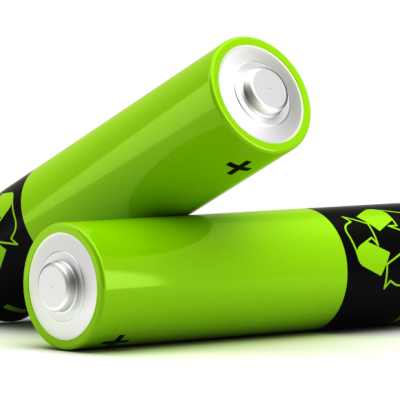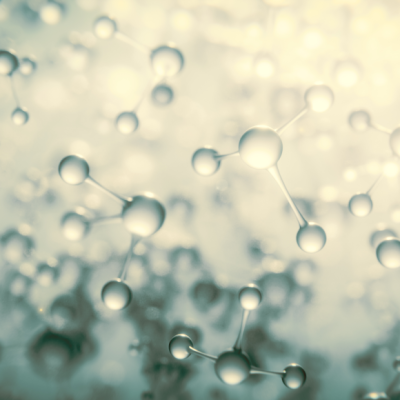A new aluminum compound has achieved a quantum yield of one in its dissolved state, a level of fluorescence that has not been achieved in aluminum-fluorescent dyes before. When atoms are excited by radiation, fluorescence occurs. The excess energy is emitted in the form of photons when they return to their ground state, resulting in a glow. The intensity of this fluorescence and how long it lasts depends on the chemical and physical structure of the molecules and the energy states of the atoms. Typically, crystalline molecules fluoresce much less than well-mobile fluorescent dyes. However, physics has already discovered exceptions. Scientists are particularly interested in fluorescent dyes that consist mainly of common elements. One candidate is aluminum, which can be made to fluoresce when the metal is linked to organic compounds to form complex molecules. However, the quantum yield of aluminum-fluorescent dyes achieved so far has been too low.
According to a publication in the journal Angewandte Chemie International Edition, researchers at the University of Jena have discovered an aluminum compound that significantly exceeds the previous record. The aluminum compound is composed of an organic molecule with four rings complexly bound to aluminum ions at two locations. The chemists synthesized this molecule from aluminum trimethyl and an organic ring compound. To investigate the unexpected fluorescence, the scientists conducted spectroscopic studies of the molecule. They found that the molecule glows green in crystalline and powdery form. In contrast, a solution of the molecule in the organic medium toluene leads to an intensely blue glow. The measurements also showed that the quantum yield of the dissolved aluminum compound is one, meaning that the substance emits one photon for every light particle it receives.
To demonstrate the potential uses of the aluminum compound, the researchers produced a fluorescent fabric by connecting the dissolved substance with elastic polymer fibers. The result is a fleece material with a quantum yield of 0.9 that glows intensely yellow-green. The researchers now aim to further investigate the record-breaking fluorescence and make the compound more stable so that it can be dissolved in water.
In conclusion, the discovery of this aluminum compound with a quantum yield of one in its dissolved state is a significant breakthrough in the field of fluorescent dyes. The potential applications of this compound are vast, and the researchers’ efforts to make it more stable and water-soluble will undoubtedly lead to further discoveries.










